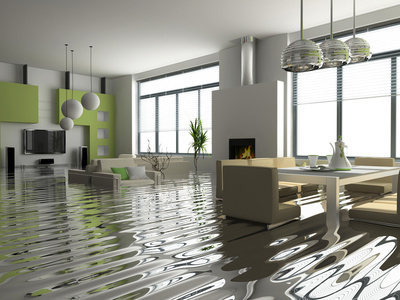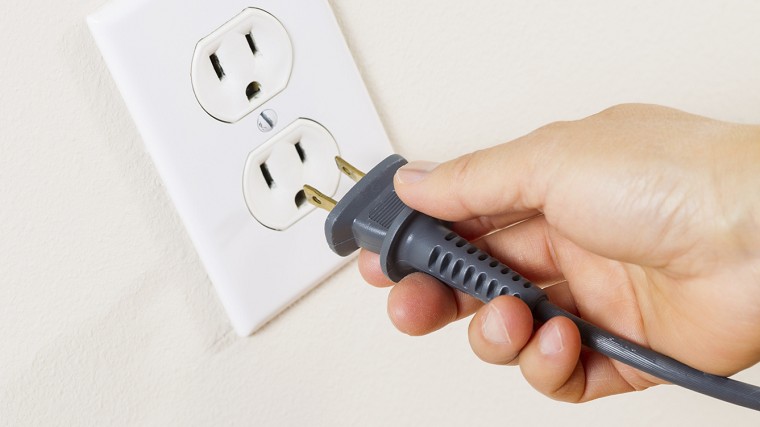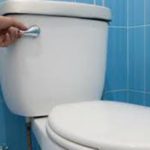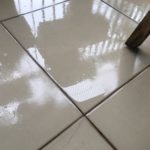
1
Do not rush to plug in and turn on the device
If you know for sure that electrical equipment is damp, it is crucial to refrain from plugging it in and turning it on. Doing so can lead to short circuits in the household electrical system or result in blowing a fuse inside the machine, resulting in damage to the internal components.
For more complex devices, such as TVs, it may be necessary to lift, remove, and dry them, depending on the duration of water immersion.

2
Clean, dehumidify and dry the device
If the electrical equipment is exposed to clean water, it should be placed in a drying cabinet to allow it to dry. If the water is dirty, it is essential to wash it first to remove any residual mud. Even after drying, moisture absorption can occur if there is remaining dirt, thereby damaging the device.
If an air conditioning or dehumidifier is available, it is advisable to close the door, turn on the air conditioner, or use the dehumidifier to dry the machine before using it again.
After drying, it is recommended to leave the equipment in a dry place for at least 24 hours to prevent condensation before reinstallation.

3
Notes to avoid damage to the device
Attempting to dry and operate electronic devices again after exposure to water can result in a short circuit or, worse, an electric shock to the user. Numerous cases have shown users being injured or facing life-threatening situations due to the presence of moisture in the electronic components of the device.

The extent of water damage to the device depends on the specific part that was soaked and the duration of immersion. Even if the equipment appears dry, it is highly likely that internal components have been damaged and require replacement for safety purposes.
In the event of a flooded room, it is important to prevent household appliances from coming into contact with water first. Wait until the water recedes before disconnecting them from the power source. It is advised to avoid performing these tasks while standing in the water. It is recommended to have a technician or qualified individual thoroughly inspect the equipment.
When electrical equipment gets exposed to water, following these guidelines can assist in minimizing damage and potential risks. Please feel free to share any additional tips or advice in the comments section below!






































